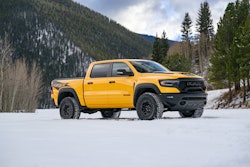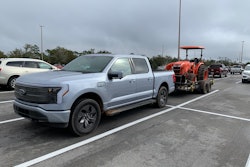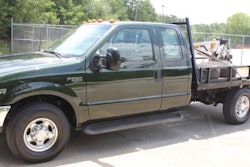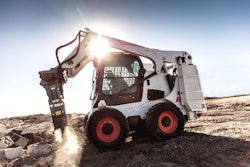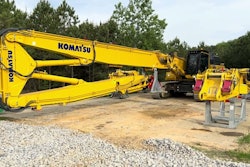The Ford F-150 Lightning has the potential to be your best pickup yet, and for some willing to operate within certain boundaries, that may already be the case.
But for others accustomed to mostly using a pickup’s capabilities over long distances on a tight timeframe, the truck can prove to be a risky – and admittedly exciting – exercise in extremes.
First up, Lightning is the quickest truck I’ve ever driven, and it will tow on an incline with ease. It’s the least expensive truck I’ve ever fueled, and it ranks as one of the most comfortable rides, particularly when towing.
Maintenance also promises to be a lot less costly than internal combustion, with the first checkup coming at 10,000 miles.
“While we obviously don’t need oil changes, other actions should be performed such as lube joints, check wipers, cooling and braking systems inspection, tire rotation and over software system diagnostics,” said Vince Mahe, Ford’s chief engineer for Lightning.
After spending a thousand miles with Lightning, we learned that the truck does come with a sizable learning curve, particularly around range and charging. (Ever spent 45 minutes filling up a pickup? Neither have we. That’s another story.) And while all-electric trucks can be really impressive with instant torque and cheap fill-ups, they can also prove concerning and disappointing if you venture out of their comfort zone and yours.
If you’re a numbers person – and who in the fleet world isn’t? – Lightning can shine, take a mysterious nose dive, and then emerge shining again. What other pickup allows you to fill up a half-empty tank for $8.50? On the other hand, what other pickup suddenly loses a big chunk of range when traveling down the highway? And then at other times inexplicably adds it back?

